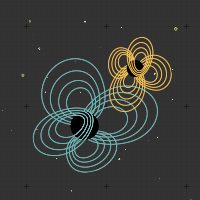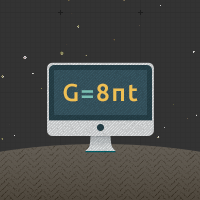Needles in the Haystack
Hearing the Cosmic Symphony
The gravitational-wave detectors now being built and operated are the most exquisitely sensitive instruments ever designed by humans. But because they are so sensitive, they are burdened by measurements — not of astrophysical gravitational waves — but of more mundane noise. Nearby trucks passing on the highway, trains going along railroad tracks many miles away, even waves crashing on the beach
The tremendous racket of the world's most sensitive microphone
Detecting Resonance
A powerful soprano takes an empty wine glass in her hand. She flicks the glass with her finger to hear the ping it makes. After taking a deep breath, she hits a similar note. As she changes her voice's pitch to match the sound of the ping, the glass begins to vibrate more and more intensely. Finally, as she hits precisely the same note, the ear-splitting sound waves cause the glass to vibrate just as it did when struck by her finger. The vibrations grow stronger and stronger as the sound resonates throughout the glass. Finally, the vibrations become so large that the wine glass breaks. It has been destroyed by the phenomenon of sympathetic resonance.
This type of resonance is the basic principle behind the detection of gravitational waves. Scientists develop possible waveforms that could be detected in their instruments. Each of these “template” waveforms is then tested in a computer against the detector data to see if the template rings sympathetically. The louder a template rings, the closer that template is to a signal that is actually in the data.
Find out more about Compact ObjectsRead about Numerical Relativity






